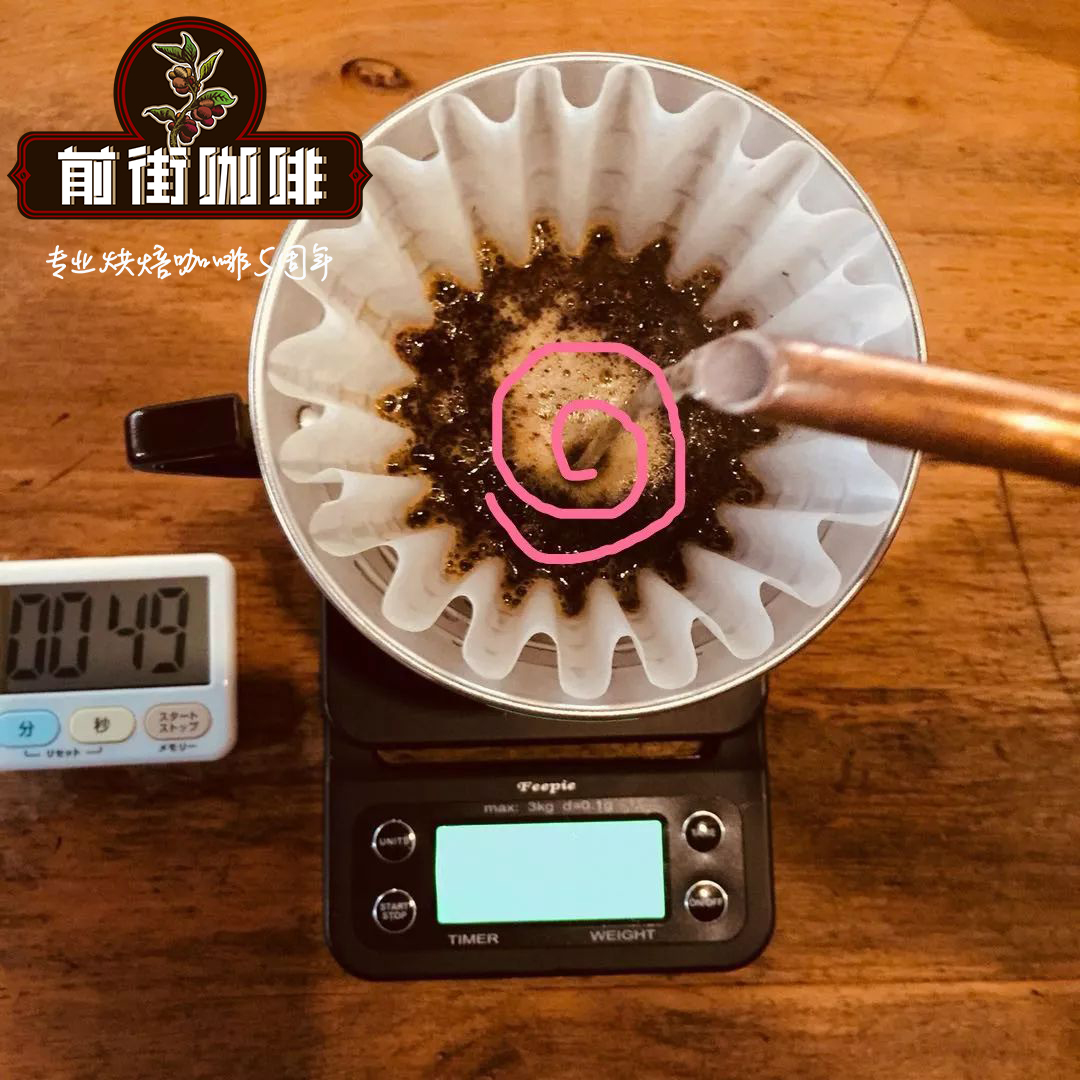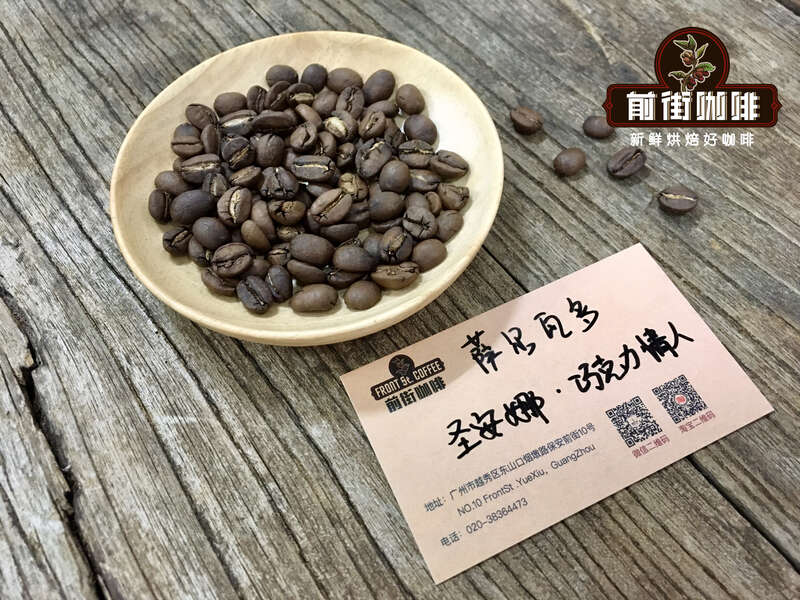Introduction of Ethiopian Coffee Brand TO.MO.CA, the biggest mystery of Ethiopian coffee price

Professional coffee knowledge exchange more coffee bean information please follow the coffee workshop (Wechat official account cafe_style)
Do you like a cup of coffee before and after work every day? Although China is a tea-drinking country, with the advent of globalization, coffee has become an inevitable drink in the lives of many Chinese people. The number of coffee shops is getting denser and denser, and there are more and more choices. But do you know the origin of coffee? Ethiopia, as far away as Africa, regards drinking coffee as a tradition.
In the 12th century, a shepherd named Kaldi, in the afternoon of taking care of his sheep, noticed that his sheep had a particularly powerful cry after eating some kind of red fruit. Kaldi was so curious that he took the fruit to the local monastery, where the monks threw the fruit into a fire. After the fruit was heated, it gave off a fragrance, and then they used it to make the first cup of coffee.
This is a coffee legend from Ethiopia, which is considered to be the birthplace of coffee and is committed to coffee research and development. Ethiopia is the largest coffee producer in Africa and the fifth largest in the world. Last year, he exported 190000 tons of coffee beans, earning about 700 million yuan, and next year, Ethiopia will host the fourth World Coffee Congress in its capital, where coffee experts from all over the world will gather.
TO.MO.CA, the largest coffee brand in Ethiopia.
Ethiopia is not only a coffee grower and exporter, Ethiopians are also major coffee lovers.
If one day, you are lucky enough to arrive in this coffee country, you will find that the streets of Adis Abbe are full of coffee shops. According to statistics, in 2013 and 2014, Ethiopians consumed a total of 3.6 million packets of coffee, accounting for 71.6% of their total domestic consumption and 8% of their total exports.
TO.MO.CA, the largest coffee brand in Ethiopia, has six branches in its capital. in fact, the brand has been run by the same family for more than 60 years. In May this year, they chose Tokyo, Japan as their first international outpost.
Wondwossen Meshesha, 28, a grandson of the president of TO.MO.CA, said: "Ethiopians have been drinking coffee for more than 1, 000 years, and no one here does not drink coffee." He added: "the coffee culture in Ethiopia is not just buying a cup on the way to work. Ethiopians talk about work and socialize in cafes forever."
"only 20% of Ethiopia's coffee is grown commercially, and the rest is grown by small farmers in the forest," Meshesha said. Local coffee merchants added: "Ethiopian coffee places more emphasis on quality consistency than mass production."
Not only drinking coffee, but also a kind of spiritual satisfaction.
In Ethiopia, drinking coffee has a profound spiritual meaning, and even gives rise to a very traditional ceremony. After three meals, they will light incense and paint coffee beans for 20 minutes at home, attracting family members, neighbors and other guests with rich aroma.
Next, they will use a mortar and pestle to grind. After grinding, the coffee will go into a pot, move up and down from the height, and pour it into a small cup. If the cup happens to be filled to the edge of the cup, it means to wish the guest everything is complete. Everyone usually has to drink three cups, usually the last cup is called "Baraka", or blessing, if you do not finish three cups, it is very impolite.
"the traditional coffee ritual in Ethiopia is very sacred, not just drinking coffee, but also permeating a spiritual and spiritual level," Meshesha said. "even Christians and Muslims do this ritual for spiritual, family and social purposes."
Meshesha said he is sure that even if modern people live at a faster pace, the ritual will not disappear because it has a very special place in Ethiopian culture. As many coffee shops in Ethiopian cities have begun to sprout in recent years, Meshesha has also begun to try to recreate traditional Ethiopian coffee in a modern way.
The government builds railways to help export coffee
In addition to the large local consumption in Ethiopia, the Ethiopian government is also committed to building Ethiopian coffee into a high-quality brand for marketing abroad, increasing exports from 190837 metric tons to 200000 metric tons in 2013 and 2014, which is expected to generate as much as 1 billion yuan in revenue. "there are as many as 5000 kinds of coffee in Ethiopia," Meshesha said. "there is still great potential for future development."
Ethiopia is a landlocked country, so it is not easy to transport, of course, the freight is also expensive, but the authorities began to build a 750 km railway to the port last year to help export coffee and leather. It is expected that this railway will not only lead to the rapid rise of the coffee supply chain, but will also become the economic lifeline of Ethiopia.
Important Notice :
前街咖啡 FrontStreet Coffee has moved to new addredd:
FrontStreet Coffee Address: 315,Donghua East Road,GuangZhou
Tel:020 38364473
- Prev

Ethiopian Coffee ceremony (Buna) course on how to drink Ethiopian Coffee
Professional coffee knowledge exchange more coffee bean information please follow the coffee workshop (Wechat official account cafe_style) Ethiopia is the origin of coffee, wild coffee plants, is still growing in Kaffa in the southwest of the country. In Ethiopian language, coffee is called buna, which means beans, and coffee red fruit is called kaffa bunn. Take out the coffee beans from the red fruit, there is sun,
- Next

Taste characteristics of Salvadoran coffee beans what are the characteristics of hand-made Salvadoran coffee?
For more information on coffee beans, please follow the coffee workshop (Wechat official account cafe_style) El Salvador is located in El Salvador in the center of Central America. It is one of the oldest coffee birthplaces in the world. It is rich in coffee varieties such as Bourbon, Pacas and Pacamara. Coffee farms are located in hills and volcanic slopes.
Related
- Detailed explanation of Jadeite planting Land in Panamanian Jadeite Manor introduction to the grading system of Jadeite competitive bidding, Red bid, Green bid and Rose Summer
- Story of Coffee planting in Brenka region of Costa Rica Stonehenge Manor anaerobic heavy honey treatment of flavor mouth
- What's on the barrel of Blue Mountain Coffee beans?
- Can American coffee also pull flowers? How to use hot American style to pull out a good-looking pattern?
- Can you make a cold extract with coffee beans? What is the right proportion for cold-extracted coffee formula?
- Indonesian PWN Gold Mandrine Coffee Origin Features Flavor How to Chong? Mandolin coffee is American.
- A brief introduction to the flavor characteristics of Brazilian yellow bourbon coffee beans
- What is the effect of different water quality on the flavor of cold-extracted coffee? What kind of water is best for brewing coffee?
- Why do you think of Rose Summer whenever you mention Panamanian coffee?
- Introduction to the characteristics of authentic blue mountain coffee bean producing areas? What is the CIB Coffee Authority in Jamaica?

